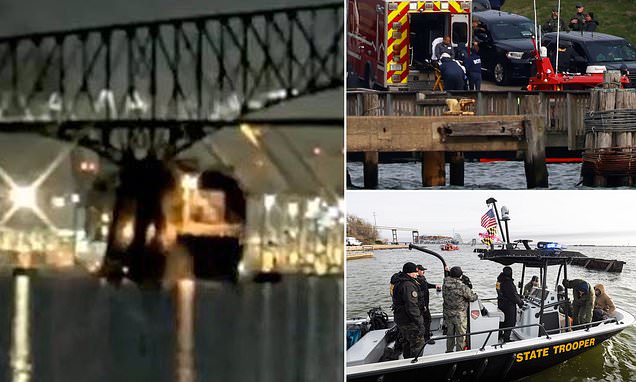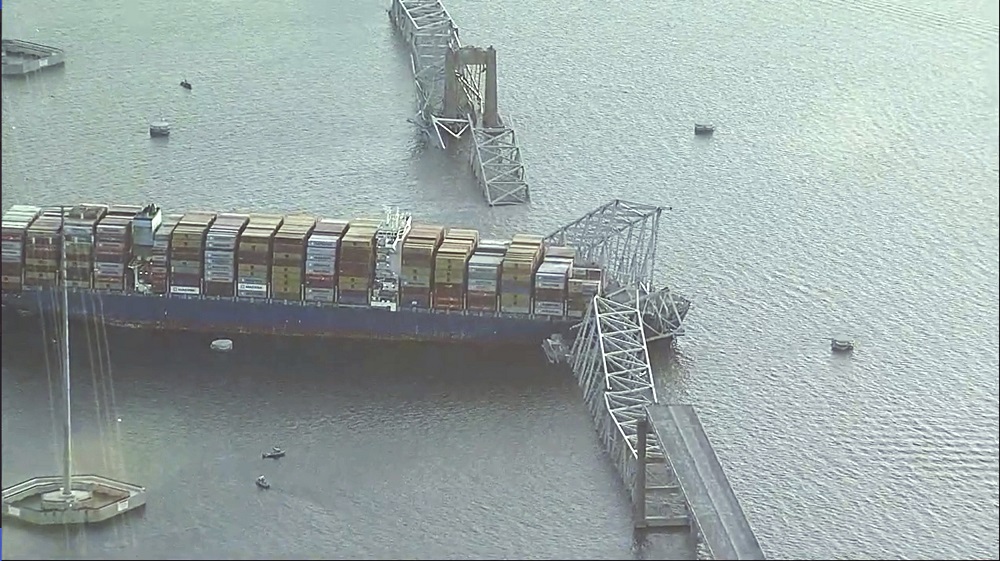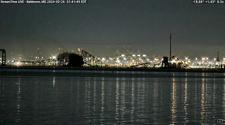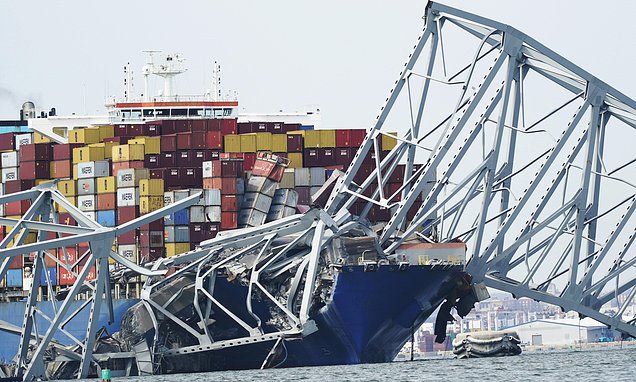Using locals doesn't erase the risk, but does make it far less likely there will be a disaster like this. These people, it is their job to get ships in and out of the harbour safely. Then they do it all again, and again, and again. Nobody knows their waters better. That's why similar systems are in place in most ports in the whole world.
But, like in an air disaster, it doesn't matter how good a pilot you are if the ship you are piloting malfunctions in a catastrophic way. It's not like you can paddle a skyscraper safely to shore. These ships are as steerable as an asteroid without power to the controls. They will go where their momentum and the currents take them.
MOO
I'm fascinated by the job of being a Harbor Pilot.
Harbor pilots are a standard feature of large-vessel or deep water port shipping. They are licensed, experienced, and know the details of the port and the conditions. They usually join the ship before it enters the harbor and then take control until docking is complete. Ditto on the departure, they pilot the ship out beyond the harbor limit , and then are returned by small boat.
"Each ship engaged in foreign trade coming to Maryland ports is required to take on a local ship handling specialist, known as the Pilot, to navigate the vessel safely into port. Pilots are regulated by the State of Maryland under the Department of Labor, State Board of Pilots.
High-risk Job
The risks harbor pilots face are unlike those faced by any other mariner. Harbor pilots are transferred from pilot boats at sea onto and off of extremely large moving vessels, often during poor weather conditions and rough seas.
Once the pilot boat maneuvers alongside the ship, a harbor pilot boards the ship by stepping or leaping onto a rope ladder hanging from the ship’s side. The harbor pilot climbs the ladder, up to 30 feet high, to the top of the main deck and proceeds to the bridge. It is important to note that harbor pilots are frequently injured and sometimes killed in the course of this dangerous transfer. Once onboard, it is the harbor pilot’s job to familiarize him or herself with the ship’s navigational equipment, performance characteristics and mechanical conditions, and then direct the movement of the ship, often while dealing with a foreign crew that speaks limited to no English.
In the course of piloting the vessels, it is important that harbor pilots remain vigilant, as the slightest misjudgment or lapse of concentration can lead to disaster. The magnitude of the risks involved are very high – loss of life and massive environmental and property damage. In the event of such an accident, harbor pilots not only face the loss of their license, but the end of their career, personal financial ruin with massive uninsurable liabilities and possible imprisonment.
The vast majority of harbor pilots have graduated from a four-year federal or state maritime academy, which are equivalent to the nation’s military academies, demanding a high level of scholastic performance in a military environment. A graduate of one of these maritime academies earns a bachelor’s degree and a U.S. Coast Guard license as a deck officer-third mate unlimited.
This website for the Maryland Pilots Association is interesting.
The small section on the Baltimore harbor notes how important this harbor is for inbound automobile shipments.

www.mdpilots.com
The Port of Baltimore
The Port of Baltimore ranks 1st nationally in automobiles and light trucks, 1st in Ro/Ro [ Roll-on, Roll-off ]
cargo, 1st in gypsum imports, 2nd in imported sugar, and 2nd in exported coal. Overall, Baltimore ranks 9th nationally in cargo value, and 11th in total tonnage (2019 data). More than 125,000 jobs in Maryland are related to the maritime industry. One ship can carry nearly 7,000 cars, 14,000 truck-sized 20’ containers, 3500 passengers & crew, or 1000 railcar loads of coal, sometimes valued at nearly $500 million. The least expensive overland route to the massive Midwest market starts at the Port of Baltimore."
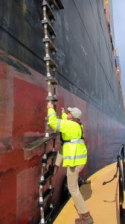
Harbor Pilot at the helm with an idea of the obstacles to deal with, in good weather. (Port of Miami)





